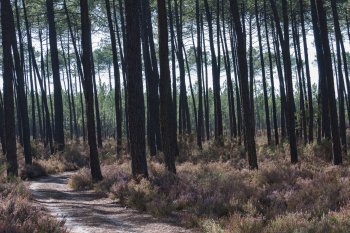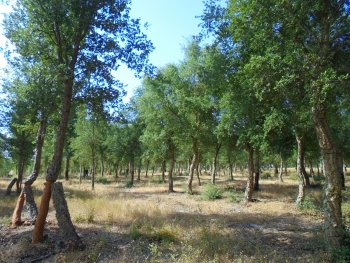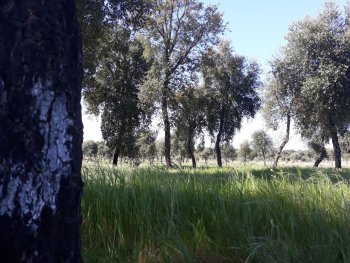Resin production according to heath type
The objective of this project is to characterize the links between the production of maritime pine resin and the properties of the station. The program is particularly interested in the influence of soil (rather than climatic variations).
The experiment is conducted on the three types of stations that dominate in the Landes: dry heath, mesophilic heath and wet heath The results could make it possible to identify the most productive and therefore more interesting areas for the resin tapper.



